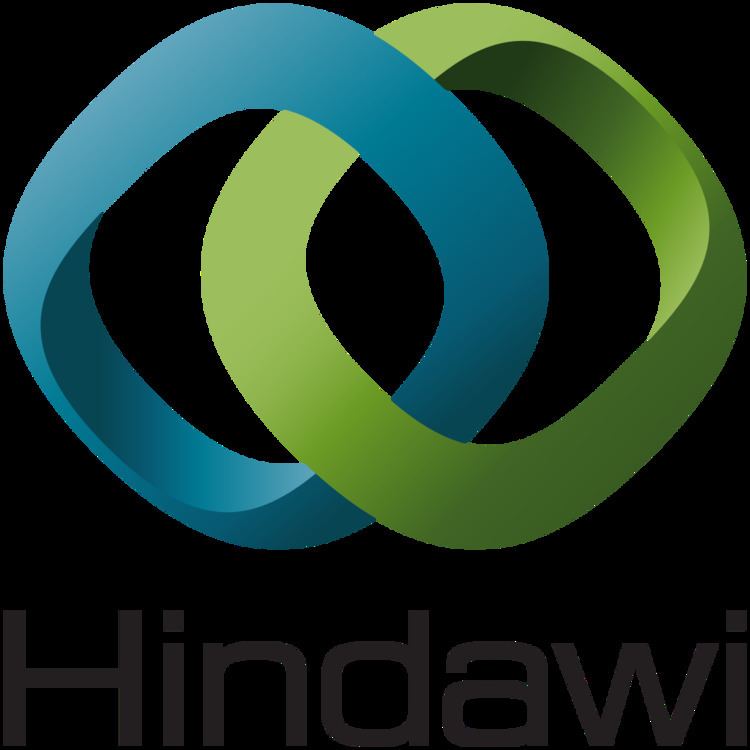Status Active Distribution Worldwide No. of employees 450 (2011) Founder Ahmed Hindawi Headquarters location Cairo, Egypt | Country of origin Egypt Publication types Scientific journals Official website www.hindawi.com Founded 1997 | |
 | ||
Hindawi Publishing Corporation is a commercial publisher of scientific, technical, and medical (STM) literature. Founded in 1997, Hindawi currently publishes more than 400 peer-reviewed scientific journals as well as a number of scholarly monographs, with an annual output reaching 22,000 articles in 2012. As of October 2014, 11% of the journals were indexed in the Science Citation Index Expanded. The company has its headquarters in Cairo and an office in New York City. Since 2007, all of Hindawi's journals have been open access and published under a Creative Commons Attribution License (CC-BY). Hindawi has been criticized for some of its editorial practices – including that its journals have editorial boards in lieu of editors-in-chief – and for its use of email spam in soliciting editorial board memberships and manuscripts.
Contents
History
Hindawi Publishing Corporation was founded in 1997 in Cairo by Ahmed Hindawi and his wife Nagwa Abdel-Mottaleb. The company's first journal was the International Journal of Mathematics and Mathematical Sciences, which it acquired from a prior publisher. By 2006 Hindawi Publishing owned 48 journals and had about 220 employees, and published journals in the physical and life sciences and medical research. In February 2007, Hindawi moved to a complete open access model on all of its journals. By 2007, Hindawi was publishing around 100 journals, 21 of which were ISI listed, and claimed to be second largest publisher in PubMed Central, an open access journal repository. The company had a 40% article acceptance rate. Article publication fees averaged $800, varying by journal and page count, being significantly less than prices charged by major open access competitors including BioMed Central and the Public Library of Science.
Between 2009 and 2011, the number of Hindawi journals nearly doubled, and Hindawi’s output increased from 2,500 to 13,000 articles per year. By 2011, Hindawi was publishing 300 journals, and had a staff of over 450 people. The growth of the company has come from publishing new start-up journals, as well as acquisitions of established journals such as Psyche, an entomological journal founded in 1874. Two major factors facilitating the company's growth have been the low labor costs and well-educated middle class of Cairo. By 2013, Hindawi had 442 different journals, although As of October 2014 Hindawi's list includes 434 journals. In 2012 Hindawi published 22,000 articles.
In 2010, a subset of Hindawi journals were included in a list of suspected predatory open access publishers by Jeffrey Beall; however Beall later removed Hindawi from his list after re-evaluating the company, calling it a "borderline case." Beall has also criticized Hindawi for representing the offshoring of scholarly publishing, a view which has been criticized as neocolonialist.
Three Hindawi journals have faced delisting from the Journal Citation Reports for anomalous citation patterns, particularly self-citations and citation stacking. The three include The Scientific World Journal, although the problems with this journal occurred partly before Hindawi acquired the journal. Open access journalist Richard Poynder considers this incident anomalous itself, and Retraction Watch has noted that Hindawi's sanctions for authors who manipulate citations – including 3 year bans of author submissions – are stricter than those of many other journals.
Two of its journals (Chemotherapy Research and Practice and ISRN Oncology) were targeted in the Who's Afraid of Peer Review? sting operation and rejected the fake paper.
In 2015, after an internal investigation, Hindawi flagged 32 published papers for re-review due to three editors subverting the peer review process with fake email accounts.
Business model
Hindawi charges authors an article processing charge. Hindawi's article processing charges vary by journal but on average are lower than other large open access publishers. By 2012, the company had a profit margin of around 50%, higher than the 2008 average of 35% for commercial publishers.
Most Hindawi journals do not-have editors-in-chief, but rather have editorial boards consisting of staff and a volunteer board composed of scholars ranging from 30 to 300 people. There is some concern that this style may lead to lower quality output, or at least the potential for it, especially as the number of journals increases and editorial decisions are made by staff members. However, journalist Poynder states: "there is no evidence that Hindawi’s editorial approach, or the way in which it recruits authors, has had any serious consequences so far as the quality of its papers is concerned," although he notes that some articles contain poor copy-editing. At least one Hindawi journal (Pain Research and Management ) has an editor-in-chief.
Hindawi has been criticized for its use of unsolicited e-mail, with some claiming it is the chief method of attracting manuscripts and editorial board members. However, others claim that e-mail spam from many publishers is increasing, with open access advocate Stevan Harnad of the University of Southampton stating that while the practice should be frowned upon: "I think it's true that Hindawi spams no more than other legitimate businesses and organizations spam today. That may not be an admirable standard but it's a realistic one. In this context, Hindawi's promotional messages don't deserve to be singled out for stigmatization."
